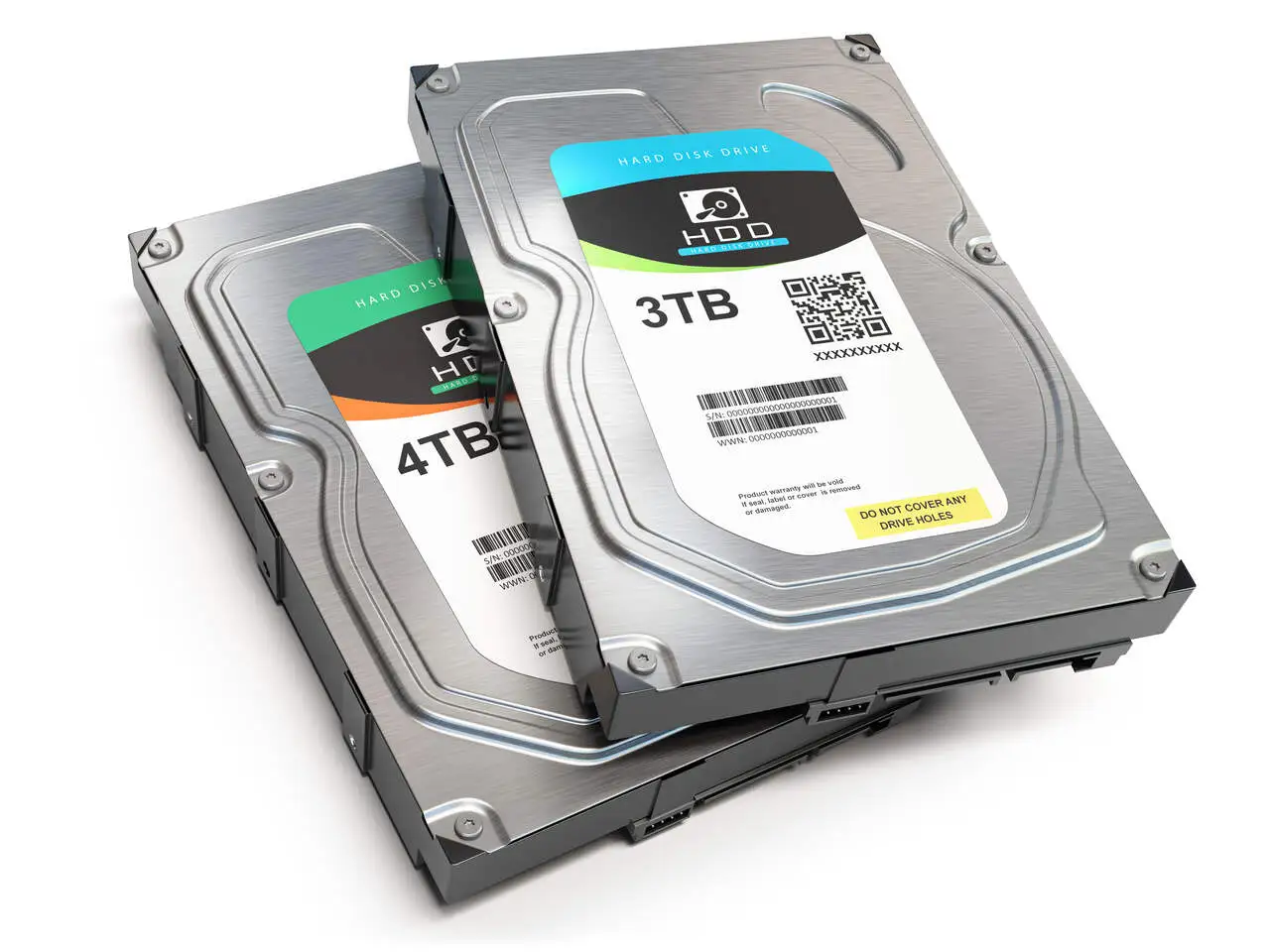Data backup is an essential practice for protecting important information, whether for individual users or companies. With the growing amount of data produced every day, the loss of information can result in significant consequences.
Backup is the copying of information stored on electronic devices, carried out to protect this data against accidental loss, hardware failure, cyber attacks or natural disasters. There are different backup methods, including full, incremental and differential backups, each suitable for different needs and situations. Let’s look at important points about how to make a backup.
Backup methods
To carry out an effective backup, you can choose between manual and automatic backup. Manual backup is suitable for those who have less data or make backups sporadically. On the other hand, automatic backup, carried out using specific software, is ideal for ensuring that data is backed up regularly without direct intervention.
- Backup to physical devices – Physical devices, such as external hard drives and SSDs, are popular options for backup due to their portability and ease of use. Backing up to a physical device usually involves copying the data directly from the original device to the backup device.
- Cloud backup – Cloud backup has become an increasingly popular option due to its convenience and remote access capabilities. Services such as Google Drive, Dropbox, and iCloud allow users to store data on remote servers, offering an additional layer of security and accessibility.
- Mobile data backup – With the increasing use of smartphones and tablets, mobile data backup is essential to protect personal information, photos, videos and important documents. There are a number of cloud backup applications and services designed specifically for mobile devices.
Security and privacy in backups
Data security during the backup process is crucial. Encrypting data before performing the backup can ensure that your information remains secure and inaccessible to unauthorised third parties. In addition, it is important to consider the privacy policies of cloud backup services.
The main purpose of a backup is to enable data recovery in the event of loss. It is important to periodically test the ability to restore data from backups to ensure that the recovery processes work as expected.
Backup will always be the first line to restore lost files in an environment, but if this fails, there are solutions that go further, offered by companies specialising in data recovery, regardless of which device was chosen to store the backup, Digital Recovery offers solutions for data recovery.
Automating the backup process
To automate backups, you can use various tools and approaches, depending on your operating system, the nature of the data you need to back up and where you want to store it. Here are some general strategies:
In Windows
Scheduled tasks with Robocopy or PowerShell.
- Robocopy: A command line tool for copying files and directories. You can create a script that uses Robocopy to copy your important files to a backup location.
- PowerShell: You can write a script in PowerShell that copies the files to their backup location and then use the Windows Task Scheduler to run this script automatically according to a schedule.
On macOS
Automator and Time Machine.
- Automator: An application that lets you create customised workflows to automate tasks. You can use Automator to create a workflow that copies files to a backup location.
- Time Machine: Although Time Machine makes automatic backups, you can adjust its settings to better suit your specific needs.
On Linux
Cron Jobs com rsync.
- rsync: A command line tool for synchronising files and directories between two locations. You can create a script that uses rsync to back up your files.
- Cron: A time-based task manager for Unix that you can use to schedule the execution of your rsync script on a regular basis.
Cloud storage
For cloud backups, you can use tools provided by storage services such as Google Drive, Dropbox or specific backup services such as Backblaze or Carbonite. Many of these services have their own way of automating data backup.
Third-party backup tools
There are several third-party applications designed specifically to automate the backup process, offering features such as incremental backups, data encryption and file compression. Some examples include Acronis True Image, EaseUS Todo Backup and Cobian Backup.
How to choose the best backup solution
Choosing the best backup solution depends on several factors related to your specific data needs, IT infrastructure, budget and management preferences. Here are some key criteria to consider when selecting a backup solution:
Assess your data needs
- Data Volume: Estimate the volume of data that needs to be backed up. Different solutions have different storage capacities.
- Type of Data: If you are storing documents, images, videos, or data from specific applications, different solutions may be more suitable.
- Backup frequency: Determine how often data needs to be backed up. Some solutions offer continuous backups, while others are better configured for scheduled backups.
Consider the location of the backup
- On-site vs. Off-site: On-site backups are quick and easy to access, but can be vulnerable to natural disasters, theft or hardware failure. Off-site backups, such as in the cloud, offer greater protection against such risks.
- Cloud: Many companies opt for cloud backup solutions because of their scalability, flexibility and remote access. Evaluate providers based on security, reliability and cost.
Check reliability and security
- Encryption: Does the solution offer data encryption at rest and in transit? This is crucial for protection against unauthorised access.
- Security certifications: Look for solutions that follow recognised security standards and have relevant certifications.
- Reliability history: Research the backup provider’s reputation and read reviews from other users.
Evaluate ease of use and support
- User interface: Does the solution have a user-friendly interface? You don’t want to spend hours trying to figure out how to make a backup or restore.
- Customer Support: Check the level of support offered. 24/7 support can be crucial for companies that depend on continuous access to their data.
Consider flexibility and scalability
- Data growth: Can the solution easily adapt to your data growth? Check whether it is easy to increase storage space.
- Disaster Recovery: In addition to regular backup, does the solution offer disaster recovery options? This can include features such as full image backups and site replicas.
Compare costs
- Pricing Model: Fully understand how you will be charged per GB stored, per user, per device, or through a flat rate.
- Hidden Costs: Be aware of additional costs, such as data transfer fees or recovery costs.
By considering these criteria, you will be better equipped to choose the backup solution that best meets your specific needs. Remember, the best backup solution is one that adapts to your IT environment, reliably protects your data and offers a good balance between cost, ease of use and security.



